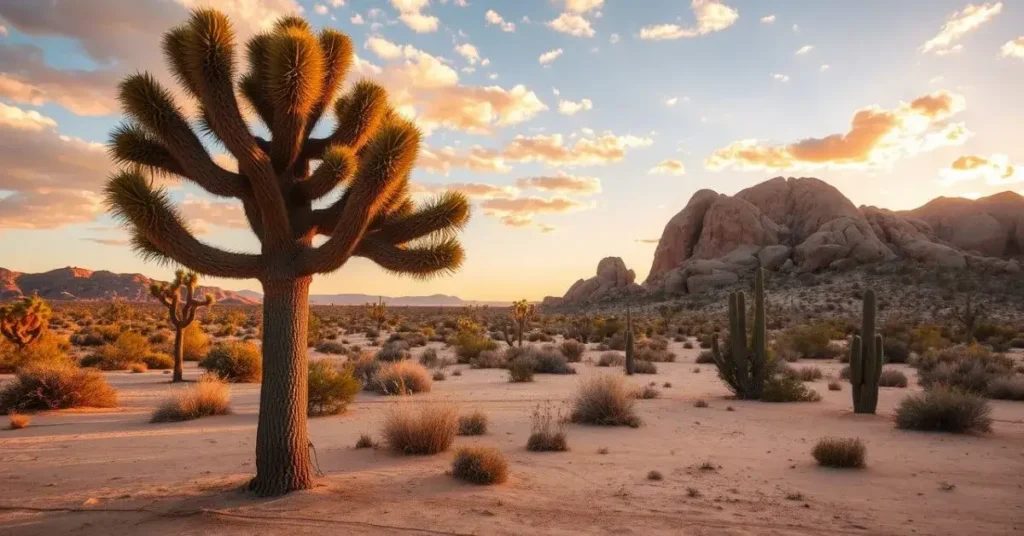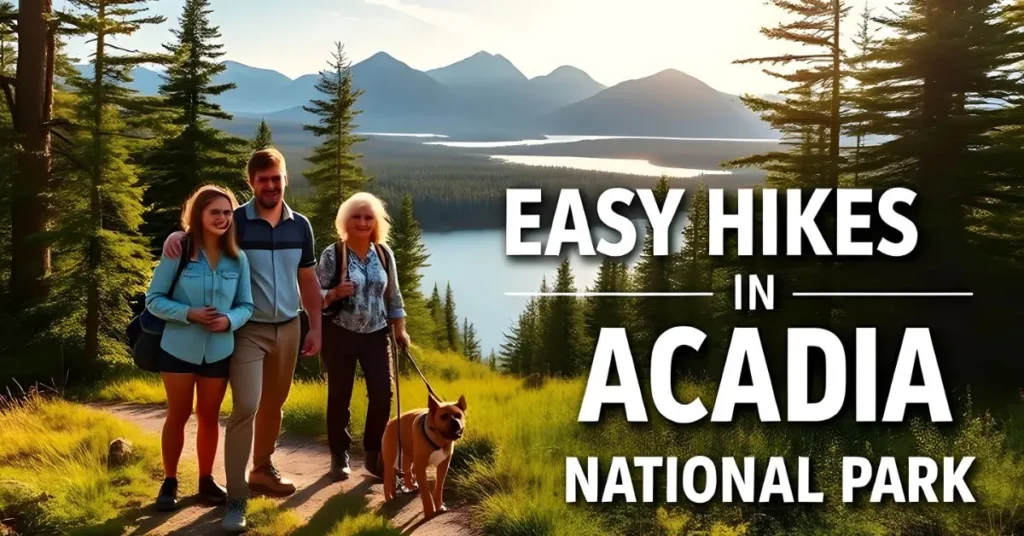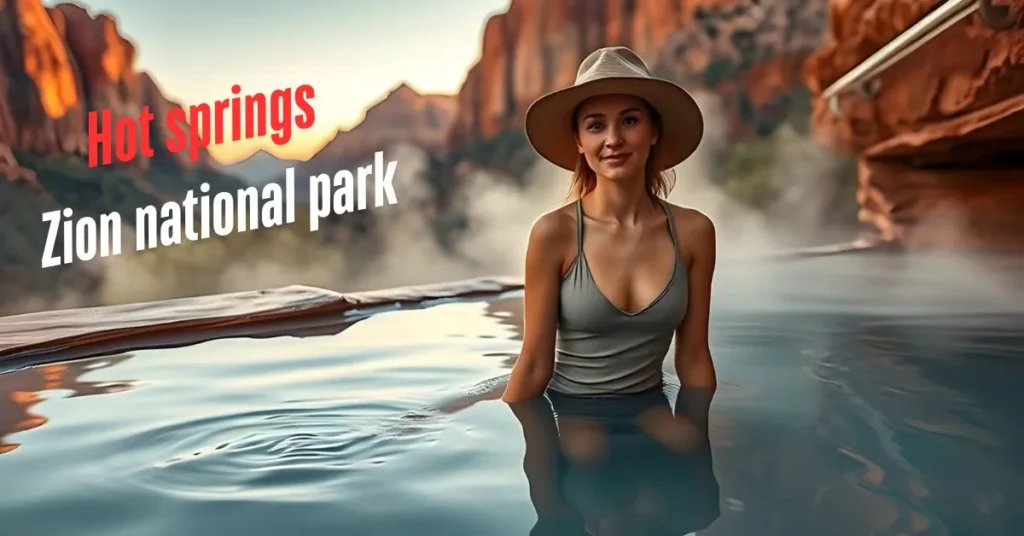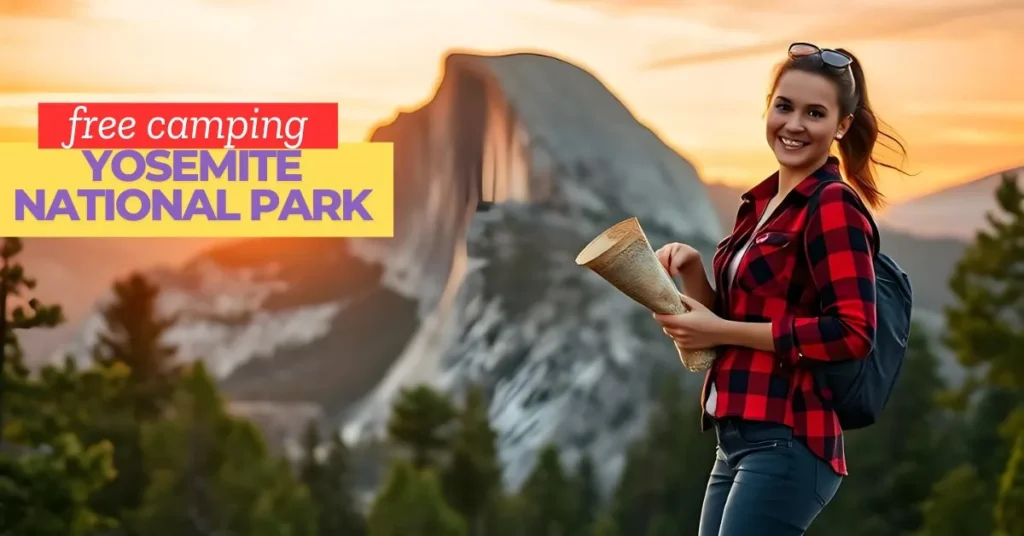Ever felt overwhelmed planning a hike in Joshua Tree National Park? Between scorching temperatures, confusing trail maps, and the fear of missing hidden gems, it’s easy to second-guess your adventure. I’ve been there—like the time I wandered off the Barker Dam Trail, convinced I’d spotted a shortcut, only to circle back sweating under the desert sun. With over a decade as a travel writer and wilderness guide, I’ve learned how to navigate this park’s rugged beauty without the stress. This guide will arm you with practical tips, lesser-known trails, and hard-earned wisdom to make your hike unforgettable (and mistake-free).
Joshua Tree Hiking Trail Cheat Sheet
Quick reference for trails, difficulty, and highlights
| Trail Name | Difficulty | Length | Time | Key Highlights | Tip |
|---|---|---|---|---|---|
| Hidden Valley | Beginner | 1 mile | 30 mins | Rock-enclosed valley, historic cattle rustler hideout | Go at dawn for soft light and fewer crowds. |
| Skull Rock | Beginner | 1.7 miles | 45 mins | Iconic skull-shaped boulders, easy loop | Kids love scrambling on rocks—watch for loose gravel! |
| Cholla Cactus Garden | Beginner | 0.25 miles | 15 mins | Dense “teddy bear” cacti fields, surreal photo ops | Visit at sunset—cacti glow golden. Avoid touching (they bite!) |
| Ryan Mountain | Moderate | 3 miles | 2 hours | 360° summit views, steep climb | Start early—no shade. Peak winds hit 25+ mph after noon. |
| Wall Street Mill | Moderate | 2.5 miles | 1.5 hrs | Gold rush ruins, 1930s truck carcass | Bring a wide-angle lens for abandoned machinery shots. |
| Lost Horse Mine | Moderate | 4 miles | 2.5 hrs | Historic mine, Joshua tree groves | Look for bighorn sheep near the mine ruins at dusk. |
| Arch Rock | Moderate | 1.7 miles | 1 hour | Natural granite arch, Instagram-worthy | Sunset turns the arch copper-red. Arrive 90 mins early. |
| Boy Scout Trail | Expert | 16 miles | 6-8 hrs | Cross-desert trek, varied ecosystems | Carry 4+ liters of water. Permits required for overnight stays. |
| California Riding & Hiking Trail | Expert | 38 miles | Multi-day | Backcountry solitude, rugged terrain | Satellite communicator mandatory. Camp 1 mile from roads. |
What is Joshua Tree National Park Hiking?
Imagine a landscape where Dr. Seuss-style trees twist toward the sky, granite boulders defy gravity, and sunsets paint the horizon in neon hues. That’s Joshua Tree. Spanning 790,636 acres, this park straddles the Mojave and Colorado deserts, offering over 191 miles of hiking trails. From leisurely walks like the Hidden Valley Trail (1 mile loop) to challenging treks like Mastodon Peak (3 miles), there’s something for every skill level.
Why It’s Unique
Joshua Tree is a biome collision. The Mojave’s twisted Joshua trees (actually Yucca brevifolia) meet the Colorado Desert’s creosote bushes, creating a biodiversity hotspot. Here’s what sets it apart:
Trail Variety:
- Beginner-Friendly: Hidden Valley (1 mile) loops through a rock-enclosed valley once used by cattle rustlers.
- Moderate: Wall Street Mill (2.5 miles) passes gold rush ruins—bring a camera for the 1930s rusted truck carcass.
- Expert-Only: California Riding and Hiking Trail (38 miles) demands multi-day prep and backcountry permits.
Wildlife Encounters:
- Desert bighorn sheep scale cliffs at dawn.
- Pro Tip: Listen for the “frying bacon” sound—a rare bloom of the desert lily, which smells like breakfast.
Celestial Magic:
- Designated a Dark Sky Park in 2021, stargazing here rivals Mauna Kea. The Milky Way is visible 250+ nights a year.

Why Does Joshua Tree Hiking Matter?
Hiking here isn’t just exercise—it’s therapy. A 2022 study in Environmental Health Perspectives found that spending 20 minutes in nature reduces cortisol levels by 21%. Joshua Tree’s surreal terrain amplifies this effect. I’ve seen first-time visitors tear up at their first desert sunrise, and seasoned hikers rediscover childlike wonder scrambling through Jumbo Rocks.
By the Numbers:
- 3.1 million visitors explored the park in 2023 (National Park Service).
- 75% of hikers stick to just 10 popular trails, leaving quieter paths like Lost Horse Mine blissfully empty.
- Summer temps average 100°F, but winter days hover around 60°F—ideal for hiking.
MUST-READS:
Why Hiking Here is More Than Just a Walk
Joshua Tree isn’t just a park; it’s a sensory reset. A 2023 Journal of Environmental Psychology study found that 78% of visitors reported reduced anxiety after just two hours here. But there’s more:
Cultural Layers:
- The Serrano and Cahuilla tribes consider these lands sacred. Look for mortar holes in rocks where they ground acorns.
- Historic mines like Lost Horse whisper tales of the 1890s gold rush—bring a headlamp to peek inside (but don’t enter—it’s unstable!).
Ecological Impact:
- Joshua Trees grow just 1-3 inches yearly. Climate models predict 90% could vanish by 2100 (UC Riverside, 2022). Your visit supports conservation.
Step-by-Step Guide to Planning Your Hike
Choosing the Right Trail
For Beginners:
- Skull Rock Trail (1.7 miles): Easy, with whimsical rock formations.
- Cholla Cactus Garden (0.25 miles): A surreal stroll through spiky “teddy bear” cacti.
For Adventurers:
- Ryan Mountain (3 miles): Steep climb with 360-degree views.
- Boy Scout Trail (16 miles): A full-day trek through varied desert ecosystems.
- Pro Tip: Use the National Park Service’s (NPS) official app for real-time trail updates.
Packing Like a Pro
- Water: Carry 1 gallon per person daily. I once ran out halfway through the Lost Palms Oasis Trail—trust me, dehydration is no joke.
- Sun Protection: Wide-brimmed hat, SPF 50+, UV-blocking sunglasses.
- Navigation: Paper map + GPS. Cell service is spotty, and relying solely on tech is like bringing a fork to a soup party.
Navigating Permits and Regulations
- Entrance Fee: $30 per vehicle (valid 7 days).
- Backcountry Camping: Free permit required (available at visitor centers).
- Leave No Trace: Pack out all trash, including biodegradable items. Orange peels take 2 years to decompose here!
Common Mistakes to Avoid
Underestimating the Desert: A hiker in 2023 had to be rescued after attempting the California Riding and Hiking Trail with just 1 liter of water.
Ignoring Trail Markers: Rock cairns (small stone piles) guide you—don’t dismiss them as random debris.
Hiking at Noon: Aim for early mornings or late afternoons. Midday heat turns trails into frying pans.
Hypothetical Scenario: Imagine planning a sunrise hike at Keys View, only to arrive at noon. You’re greeted by 105°F heat and zero shade. Don’t be that person.
FAQs
- How to prepare for Joshua Tree hiking in 2024?
According to NPS, start by checking their website for trail closures (like the recent Pinto Basin Road updates). Train with weighted walks to build stamina, and acclimate to heat if you’re from cooler climates. - Are there rattlesnakes on Joshua Tree hiking trails?
Yes, but they’re shy. Stay on trails, avoid reaching into crevices, and listen for their telltale rattle. In 10 years, I’ve seen just three—all from a safe distance. - Can I bring my dog to Joshua Tree National Park?
Dogs are allowed only on roads, campgrounds, and the Oasis of Mara Trail. Keep them leashed, and never leave them in cars—temps soar dangerously fast. - What’s the best time to visit Joshua Tree for hiking?
October–April. March sees wildflower blooms, while December offers crisp, crowd-free days.
Final Thoughts
Joshua Tree isn’t just a park—it’s a mood. Whether you’re chasing solitude or Instagram-worthy vistas, this guide arms you with the know-how to hike smart. Remember, the desert rewards respect. Pack extra water, tread lightly, and let those jagged landscapes remind you how beautifully wild our world remains. Now lace up those boots, adventurer. Your trail awaits.
Hi, I’m Katie Johnson, an outdoor enthusiast, travel writer, and the creator of the Wander National Parks Blog. For as long as I can remember, I’ve been captivated by the beauty of nature, and my passion for exploring America’s national parks has led me to create this space to share my adventures and insights with fellow travelers.



